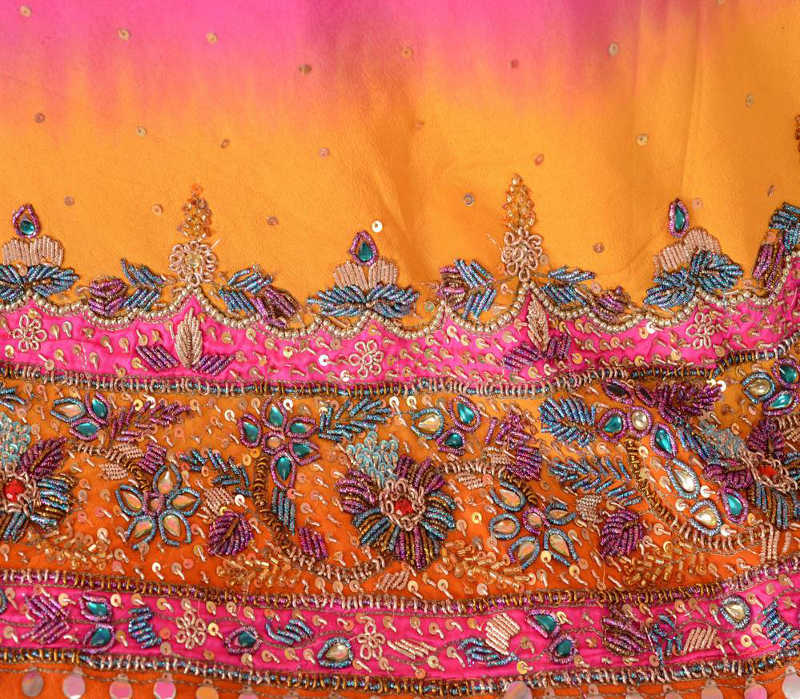===
0263,
5
===

=== |
 |
żaqan : 'The chin; beard; — chāh-e żaqan , dimple in the chin'. (Platts p.577)
chāh : 'A well, a pit; a dimple'. (Platts p.420)
FWP:
SETS == IDIOMS
MOTIFS == [BELOVED IS A BOY]
NAMES
TERMS == METAPHOR; PROOFThe enjoyable play on idioms depends on the way Urdu uses chāh , meaning 'well' (for drawing water), metaphorically for what we call a 'dimple'. Once the beloved has a 'well' on his chin, the rest of the verse follows beautifully, for he also has 'greenery' on his face in the form of the down on his cheeks. Since that 'greenery' seems to have fallen into the 'well' too-- perhaps it's really bhang? That would explain the way all the beholders are driven mad by the beloved's beauty, as if they'd been drinking water from a well full of bhang.
Note for script fans: The various spellings of what in my view ought to be kuñveñ , scanned short-long, are enough to drive anyone crazy even without the bhang. I don't like the extra ʾ that the kulliyat inserts, but I've reproduced it just to show my respect for the editors. (In quoting Atish's verse, SSA writes kuñvāñ , which to my mind is much better.) But I think the kulliyat is trying to make the vāʾo have a long 'uu' sound, and that's why it then requires the hamzah. But of course that first syllable then has to be arbitrarily shortened, since otherwise it should be metrically long. Whereas my spelling has no anomalies, and in pronunciation would be basically indistinguishable from that of the kulliyat. But never mind, we are used to anomalies and can go with the flow.